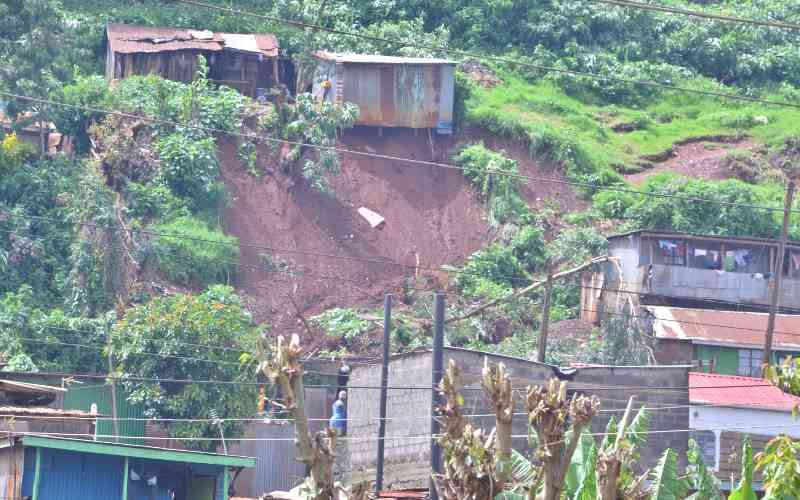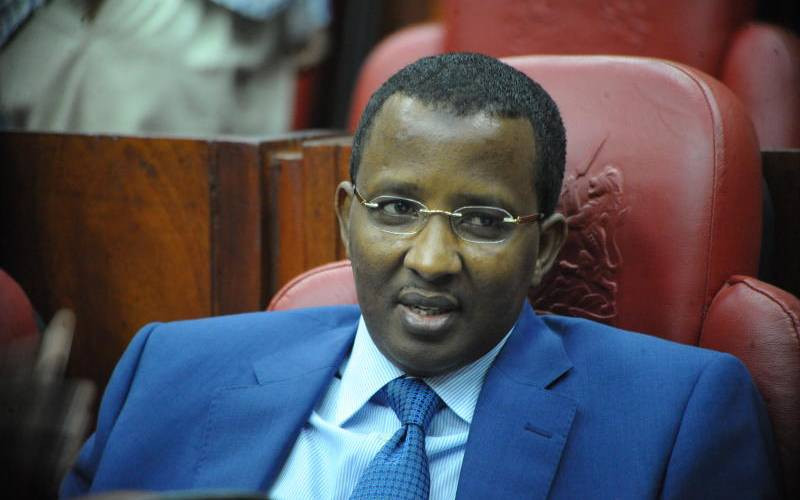On Wednesday last week, Treasury Cabinet Secretary Henry Rotich read the financial year 2016/2017 budget.
One area that was very clear in his budget was the increase in kerosene prices as a result of an increase in duty. Another area of interest was the deficit in the budget.
What the Cabinet secretary did not tell Kenyans is that the price of petrol was due to go up in October 2016 or thereabouts. Similarly, the CS did not provide clear information on how he intends to finance the deficit.
An analysis of his budget shows that the Cabinet secretary did not bring forward some items from previous years (budgets) and the current budget, which are very crucial in the proposed 2016/2017 budget.
A case in point is value added tax (VAT) on petrol and petroleum products. According to Section B of Exempt Goods on Transition of VAT Act 2013, the following goods shall be exempted for a period of three years from the commencement of this Act unless the exempt status of the supplies is earlier revoked; petroleum oils and oils obtained from bituminous minerals, crude, motor spirit (gasoline) regular, motor spirit (gasoline), premium. Aviation spirit and spirit type jet fuel.
The Act took effect in August, 2013, meaning that come October 2016, petrol will start attracting VAT at 16 per cent.
What does this mean to Kenyans? It means transportation costs will go up, energy costs will go up, production costs will go up, the cost of living will go up and the end result will be an eroded purchasing power. Did the Cabinet secretary intend to use revenue collected from VAT on petrol and other commodities, to finance the 2016/2017 budget deficit and would that really cover the huge deficit? It is unlikely that the taxman will realise the Sh1.5 trillion target this year.
Going back, figures that were reflected in the budget summary for the financial year 2015/16 indicated a deficit of Sh640.5 billion against an estimated overall balance of Sh509.3 billion in the 2014/2015 year. The 2015/16 budget targeted revenue collection that included appropriation-in-aid-ministries’ own revenue of Sh1.358 trillion compared to Sh1.1646 trillion.
This was against an overall expenditure in 2015/16 financial year, including net lending of Sh1.998 trillion, compared to an estimated 1.806 trillion in the 2014/15 financial year.
At the time, the Treasury clearly indicated it had plans to support the budget deficit through an external financing of Sh340.5 billion, domestic loan repayments of Sh2 billion, National Bank of Kenya rights issue of Sh5 billion and Sh219.2 billion in net domestic borrowing.
It was evident then that KRA had fallen below revenue collection targets in the first quarter and it was going to be an uphill task collecting revenue from a declining, under-performing agricultural sector and a slumped tourism sector.
Therefore, there were indications that there would be attempts to introduce new tax measures to an overburdened public, and while reading his budget proposals, this fear was vindicated.
With the huge deficit in the Sh2.3 trillion budget this year, there is fear that the Government is likely to revert to borrowing heavily to bridge the deficit. Such a development would have the negative effect of elbowing out the private sector from the credit market.
The other possibility would be for the Government to use concessional financing methods such as Public Private Partnership agreements (PPP) and the annuity financing for roads.
The key risk in relying heavily on foreign borrowing remains the exchange-rate risk; especially when repayments begin.
Stay informed. Subscribe to our newsletter
 The Standard Group Plc is a
multi-media organization with investments in media platforms spanning newspaper
print operations, television, radio broadcasting, digital and online services. The
Standard Group is recognized as a leading multi-media house in Kenya with a key
influence in matters of national and international interest.
The Standard Group Plc is a
multi-media organization with investments in media platforms spanning newspaper
print operations, television, radio broadcasting, digital and online services. The
Standard Group is recognized as a leading multi-media house in Kenya with a key
influence in matters of national and international interest.
 The Standard Group Plc is a
multi-media organization with investments in media platforms spanning newspaper
print operations, television, radio broadcasting, digital and online services. The
Standard Group is recognized as a leading multi-media house in Kenya with a key
influence in matters of national and international interest.
The Standard Group Plc is a
multi-media organization with investments in media platforms spanning newspaper
print operations, television, radio broadcasting, digital and online services. The
Standard Group is recognized as a leading multi-media house in Kenya with a key
influence in matters of national and international interest.







